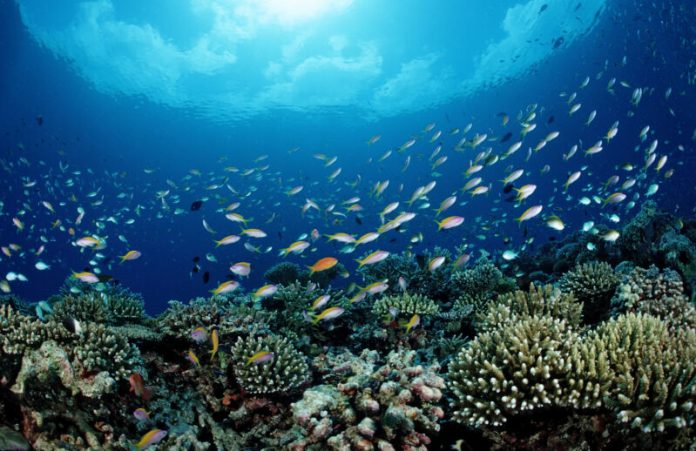Coral reefs, some of the most stunningly beautiful marine ecosystems on Earth, are dying. Ninety percent of them will likely be gone by 2050 due to rising ocean temperatures and pollution. “But it’s not that when they are gone, they are gone forever. We can rebuild them,” said Dr. Timothy Lamont, a marine biologist working at Lancaster University.
Lamont’s team evaluated coral reef restoration efforts done through the MARS Coral Reef Restoration Program on the coast of Indonesia and found that planting corals on a network of sand-coated steel frames brought a completely dead reef back to life in just four years. It seems like we can fix something for once.
Growing up in rubble
The restored reef examined by Lamont’s team was damaged by blast fishing done 30–40 years ago. “People were using dynamite to blow up the reef. It kills all the fish, the fish float to the surface, and you can scoop them all up. Obviously, this is very damaging to the habitat and leaves behind loose rubble fields with lots of coral skeletons,” said Lamont.
Because this loose ruble is in constant motion, tumbling and rolling around, coral larvae don’t have enough time to grow before they get squashed. So the first step to bringing damaged reefs back to life was stabilizing the rubble. The people running the MARS program did this using Reef Stars, hexagonal steel structures coated with sand. “These structures are connected into networks and pinned to the seabed to reduce the movement of the rubble,” Lamont said.
Before the reef stars were placed on the seabed, though, the MARS team manually tied little corals around them. This was meant to speed up recovery compared to letting coral larvae settle on the steel structures naturally. Based on some key measures, it worked. But there are questions about whether those measures capture everything we need to know.
Artificial coral reefs
The metric Lamont’s team used to measure the success of the MARS program restoration was a carbonate budget, which describes an overall growth of the whole reef structure. According to Lamont, a healthy coral reef has a positive carbonate budget and produces roughly 20 kilograms of limestone per square meter per year. This is exactly what his team measured in restored sites on the Indonesian reef. But while the recovered reef had the same carbonate budget as a healthy one, the organisms contributing to this budget were different.
An untouched natural reef is a diverse mixture including massive, encrusting, and plating coral species like Isopora or Porites, which contribute roughly a third of the carbonate budget. Restored reefs were almost completely dominated by smaller, branching corals like Stylophora, Acropora, and Pocillopora, which are all fast-growing species initially tied onto reef stars. The question was whether the MARS program achieved its astounding four-year reef recovery time by sacrificing biodiversity and specifically choosing corals that grow faster.
Source link
Ars Contributors















